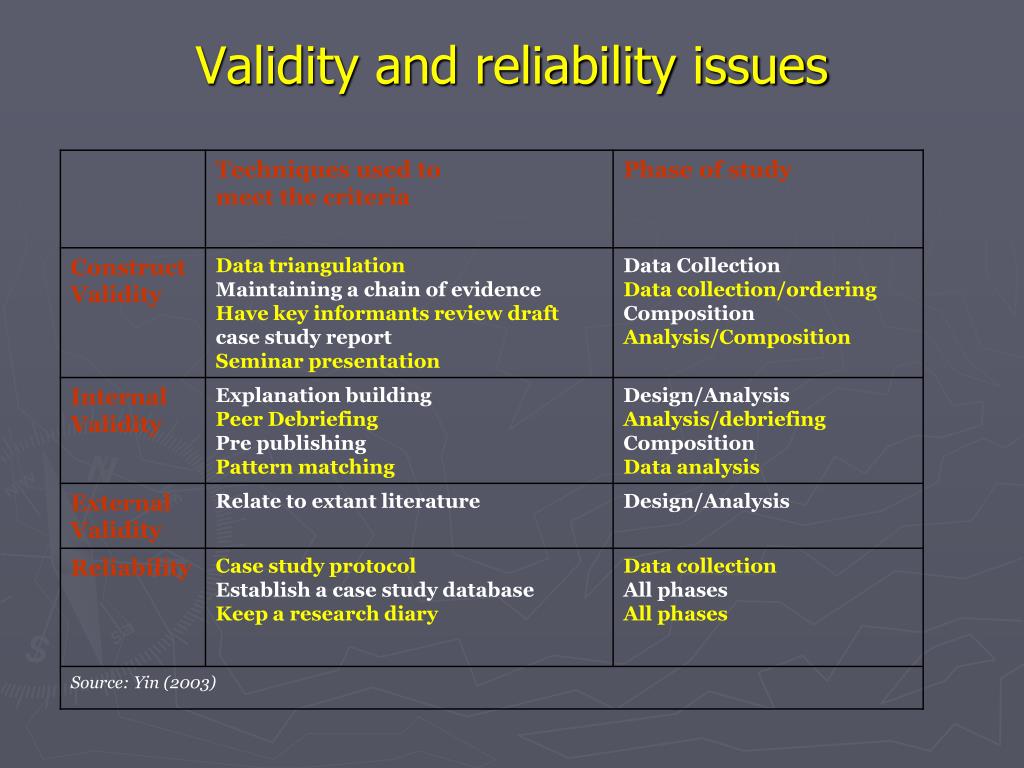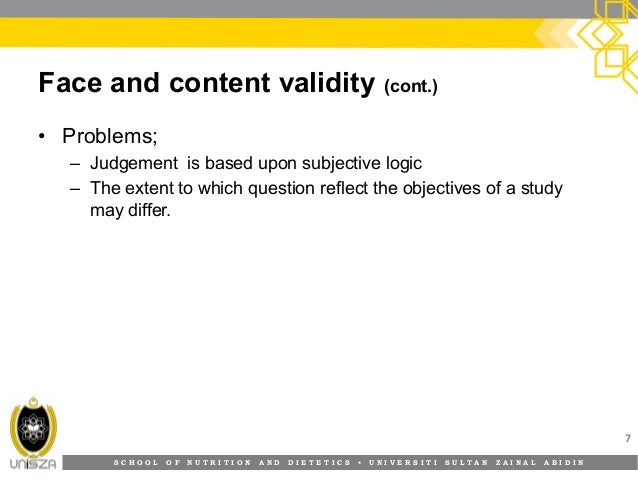

This final testing phase took place over 6 months (March to August 2013). We also asked a subsample of responders to complete the questionnaire again after a period of around 2 weeks, to check test–retest reliability. We elected not to use the WHO responsiveness questionnaire 58 this is a valid measure, but because it measures responsiveness of health systems rather than individual providers it was not considered appropriate for this purpose. The SERVQUAL responsiveness scale focuses on customer service, while the empathy scale looks at the extent to which the GP practice understands patients’ needs and has patients’ best interests at heart. The SERVQUAL subscales were chosen as they are validated measures of relevant constructs, and we would expect our measure to show moderate, negative correlation with these scales (due to the direction of scoring of the questions). We aimed to check validity by administering two validated measures alongside the responsiveness questionnaire these were two subscales from the SERVQUAL questionnaire, 35, 41 ‘responsiveness’ and ‘empathy’. We aimed to assess the factor structure of the questionnaire, and whether or not a subset of questions could be used to generate responsiveness ‘scores’ that could act as measures of patient experience of responsiveness across different practices or different patient groups.

The results of this pilot can be taken as a good indicator of the reliability and validity of the GP measure, but the pharmacy and walk-in centre measures will require further work to develop and validate them. This was partly due to sample size restrictions, and partly because the GP version can be seen as providing a template for the other questionnaires.

Although we administered all three versions in pilot 3, we conducted validity and reliability analysis only on the GP version of the questionnaire. This phase of the study subjected the questionnaires to piloting on a large scale to enable testing of reliability and validity. The Easy Read versions were tested with a group of people with learning difficulties, and amendments were made in response to the issues they raised.

These final versions were used to develop Easy Read versions for people with learning difficulties. Patients were offered the opportunity to complete the questionnaire for a second time, to assess the test–retest validity of the instruments.Ī substudy was conducted, involving two practices, to explore feasible ways of identifying and accessing the views of hard-to-reach groups within the patient population.įollowing data analysis, the questionnaires were subject to minor revisions to produce the final versions. The questionnaires were distributed to more than 3000 patients across 16 PCOs in three regions of England. Version 3 of the GP questionnaire, version 2 of the pharmacy questionnaire and version 1 of the walk-in centre questionnaire were subject to large-scale testing to assess reliability, validity and acceptability.


 0 kommentar(er)
0 kommentar(er)
